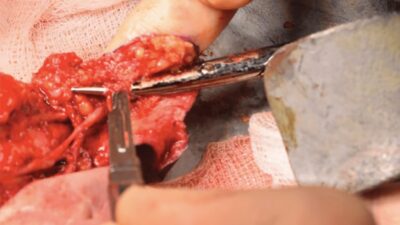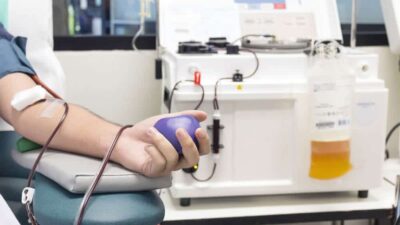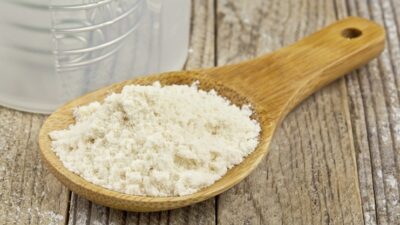
The rapid advancement of medical device technologies is being significantly influenced by the integration of innovative coating solutions. These advanced coatings are transforming medical devices, not just by offering protection, but by enhancing their performance and ensuring patient safety in previously unimaginable ways. The impact of these coatings is broad, improving everything from reducing infection risks and increasing patient comfort to prolonging the operational life of medical devices and their components.
One of the standout features of these coatings is their ability to minimize friction, which is critical for devices that interact with the body’s delicate tissues. Hydrophobic, low-friction coatings applied to components such as guidewires, needles, and catheters ensure smoother insertion and movement, leading to less tissue damage and minimizing discomfort during procedures. This reduction in friction not only contributes to improved patient outcomes but also helps extend the life of medical devices by reducing wear and tear, thus delaying the need for costly replacements.
One key advantage of the medical coating on many devices is durability. Devices such as guidewires and mandrels used in cardiovascular applications benefit from wear-resistant coatings like PTFE (polytetrafluoroethylene). PTFE coatings provide an effective barrier against bodily fluids, sterilization processes, and friction, ensuring that devices maintain their functionality over extended use. Additionally, PTFE’s electrical insulation and non-stick properties offer added protection against surface degradation, benefiting both the patient and healthcare provider. As a result, these coatings significantly increase the reliability and longevity of medical devices, reducing the need for frequent replacements and repairs.
The scope of coating applications extends beyond traditional metals like stainless steel, tungsten, titanium, and nitinol. Silicone and rubber medical devices—including catheters, o-rings, seals, and tubing—are also being coated with advanced materials to optimize their performance. These coatings are crucial in reducing friction, which makes these devices more user-friendly and reliable under challenging conditions. This enhances their longevity and contributes to better patient comfort and safety throughout medical procedures.
As the demand for high-performance medical devices grows, advanced coatings are becoming an integral part of healthcare innovation. These coatings are not only enhancing the functionality of medical devices but also improving patient care, addressing challenges such as infection prevention, durability, and comfort. Thanks to the continued development of these innovative coating technologies, the future of healthcare is on track to provide more effective, safer, and longer-lasting medical solutions.






